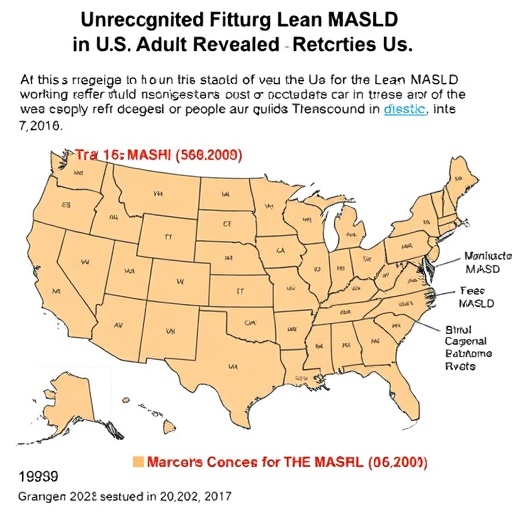
Credit: Petr Kratochvil/Public Domain
Cities change as they grow — not only by adding area or population but also in a variety of other ways, from the length and width of their roads to economic growth to the distribution of elementary schools. Social scientists often clash over the best way to measure change as a city swells. Traditionally, they’ve taken a cross-sectional approach, which means collecting data on a large number of cities of diverse sizes at the same moment in time. More recently, some researchers have begun studying individual cities over time, in what’s called temporal scaling.
“These two dimensions, time and population size, need to be treated separately because they express different phenomena,” says Luís Bettencourt, an external professor at the Santa Fe Institute and director of the University of Chicago’s Mansueto Institute for Urban Innovation. “We need both of them to make sense of what is happening in a complex system like a city.”
New work, led by Bettencourt, maps out the common ground between these two approaches. In a paper published this week in the Journal of the Royal Society Interface, the authors argue that while the two methodologies measure different mixtures of the same phenomena, they can be used together to reveal new insights about a city’s behavior.
Each approach can be used to calculate an exponent describing the growth rate of some property. (Cross-sectional analyses suggest, for example, that traffic congestion scales exponentially as the size of the city, with an exponent of 7/6.) Those exponents don’t necessarily line up, but they don’t have to be at odds.
“Now, we’re able to have this way to disentangle the two approaches, and bring these two scaling methods back together,” says Vicky Chuqiao Yang, an Omidyar Fellow at the Santa Fe Institute who worked on the paper. “With the formalism we’ve derived in the paper, we’ve shown mathematically how these exponents are related between the two approaches.”
Scaling behaviors have long been observed and analyzed in physical systems of liquids and gases. Similarly, researchers have long found successful ways to map how properties scale for biological organisms–with the size of animals, for example. “They’ve compared mice with cows with elephants and found properties that change in a predictable way with size, which spans orders of magnitude,” says Yang. But temporal scaling is not obvious in biology, because social systems like cities can grow indefinitely and organisms stop once they reach maturity.
In recent years, as large datasets on urban areas around the world have become available, researchers like Bettencourt and Yang have begun analyzing scaling behaviors that emerge in human systems — including cities. The field really ignited about a decade ago, she says, when researchers from the Santa Fe Institute first showed that many properties of cities also changed in a predictable way over orders of magnitude in city size.
“There was this mysterious phenomenon that the properties of cities change in systematic ways with its size,” says Yang. “That included things like fewer gas stations per capita, and a boost in socioeconomic activity, such as more research and development.” Since then, researchers have found that many interesting socioeconomic properties increase disproportionally fast with population, said to be “superlinear.” Some others grow disproportionally slowly and are said to be “sublinear.”
Such scaling behavior has been found in systems ranging from hunter-gatherer societies to modern companies. The new framework offers a way to better understand and quantify properties with systematic trajectories — and even understand which ones contribute to the health of human institutions. It could, for example, give researchers a way to analyze how a phenomenon like economic growth changes with time and with population size (but does so along both dimensions in different ways). Bettencourt likens the new work to a Rosetta Stone that allows researchers to translate their findings between the two types of scaling.
###
Other contributors to the paper include José Lobo at Arizona State University; Chris Kempesat the Santa Fe Institute; Diego Rybski at the Potsdam Institute for Climate Impact Research in Potsdam, Germany; and SFI External Professor Marcus J. Hamilton at the University of Texas, San Antonio.
Media Contact
J Marshall
[email protected]
505-946-2798
Related Journal Article
http://dx.




